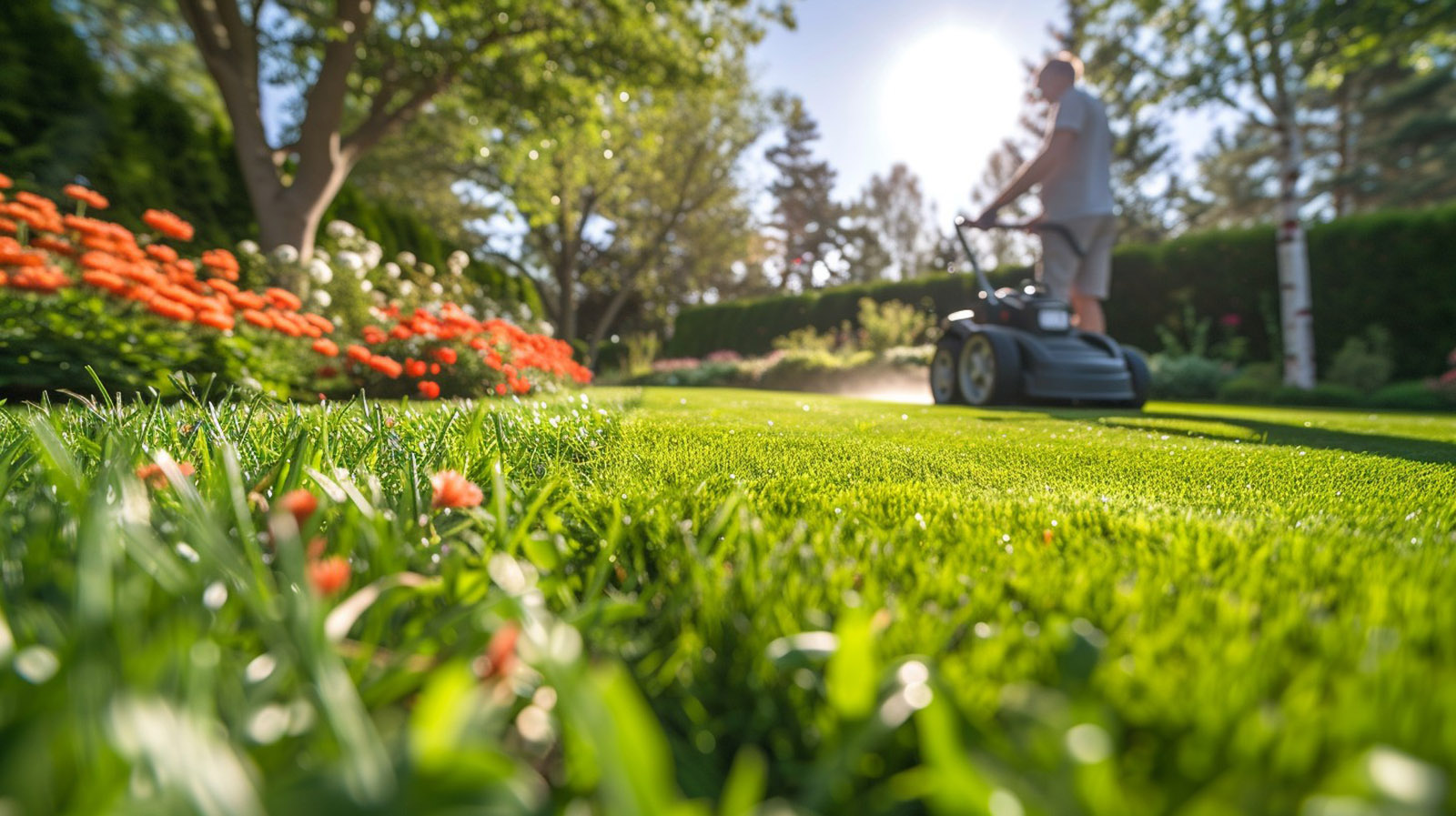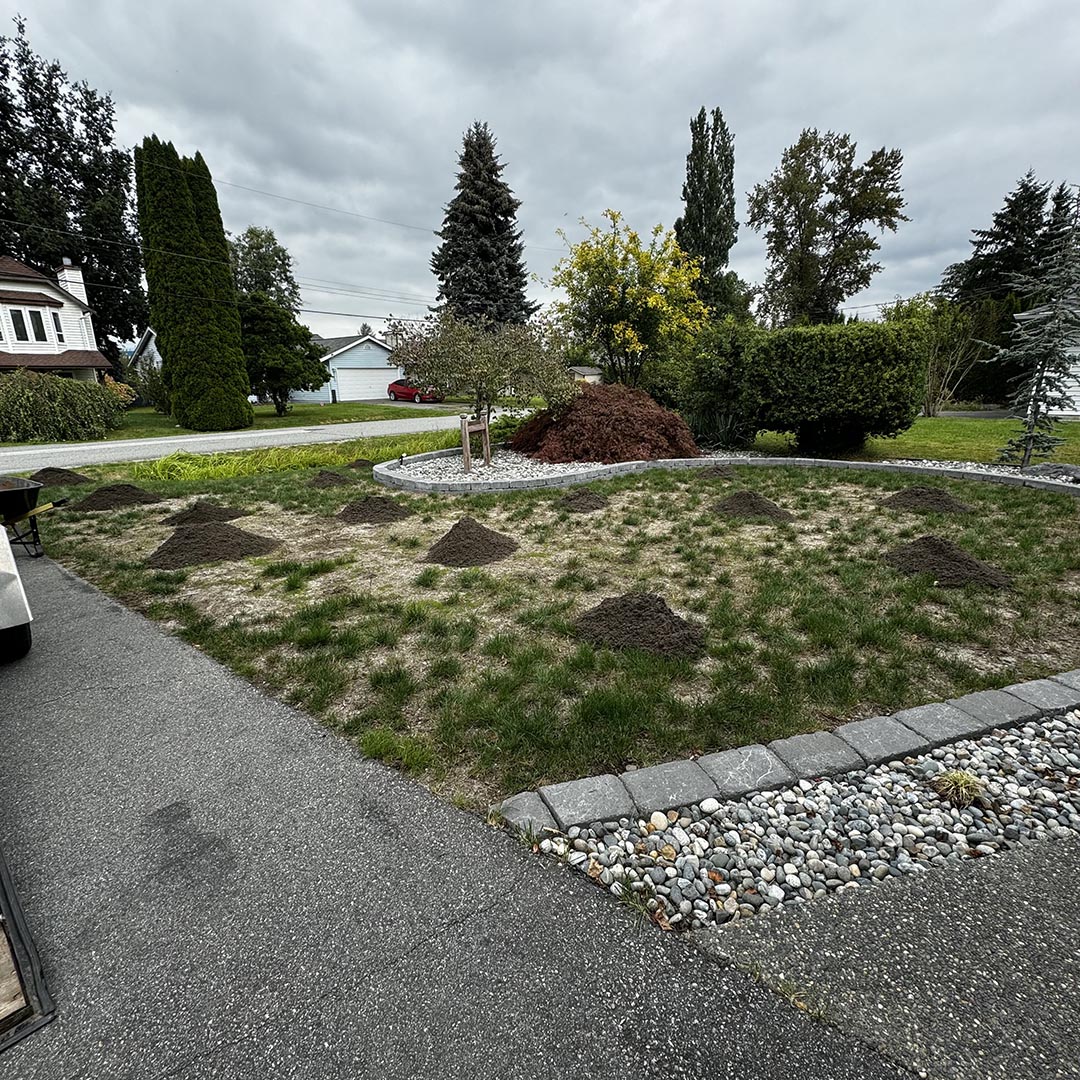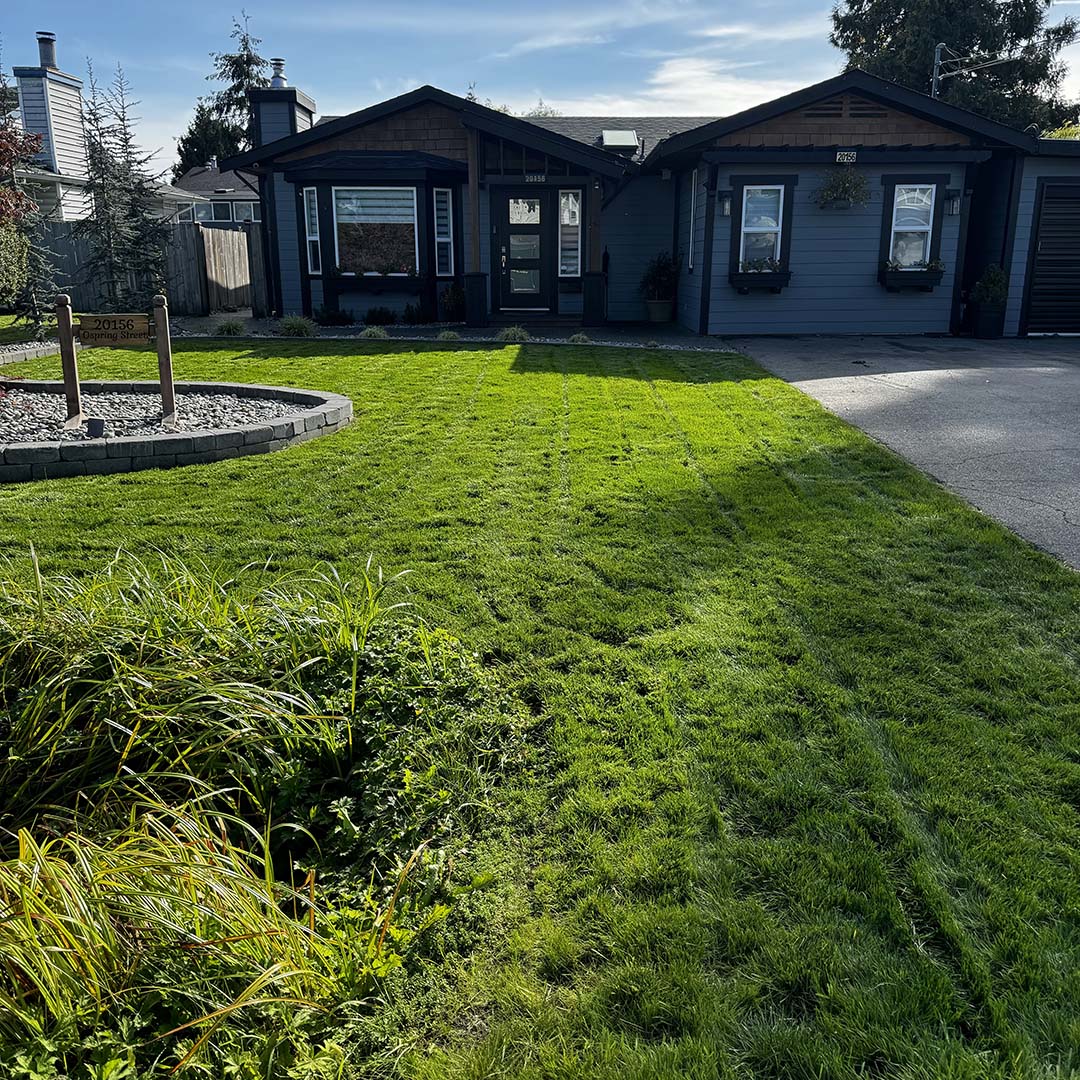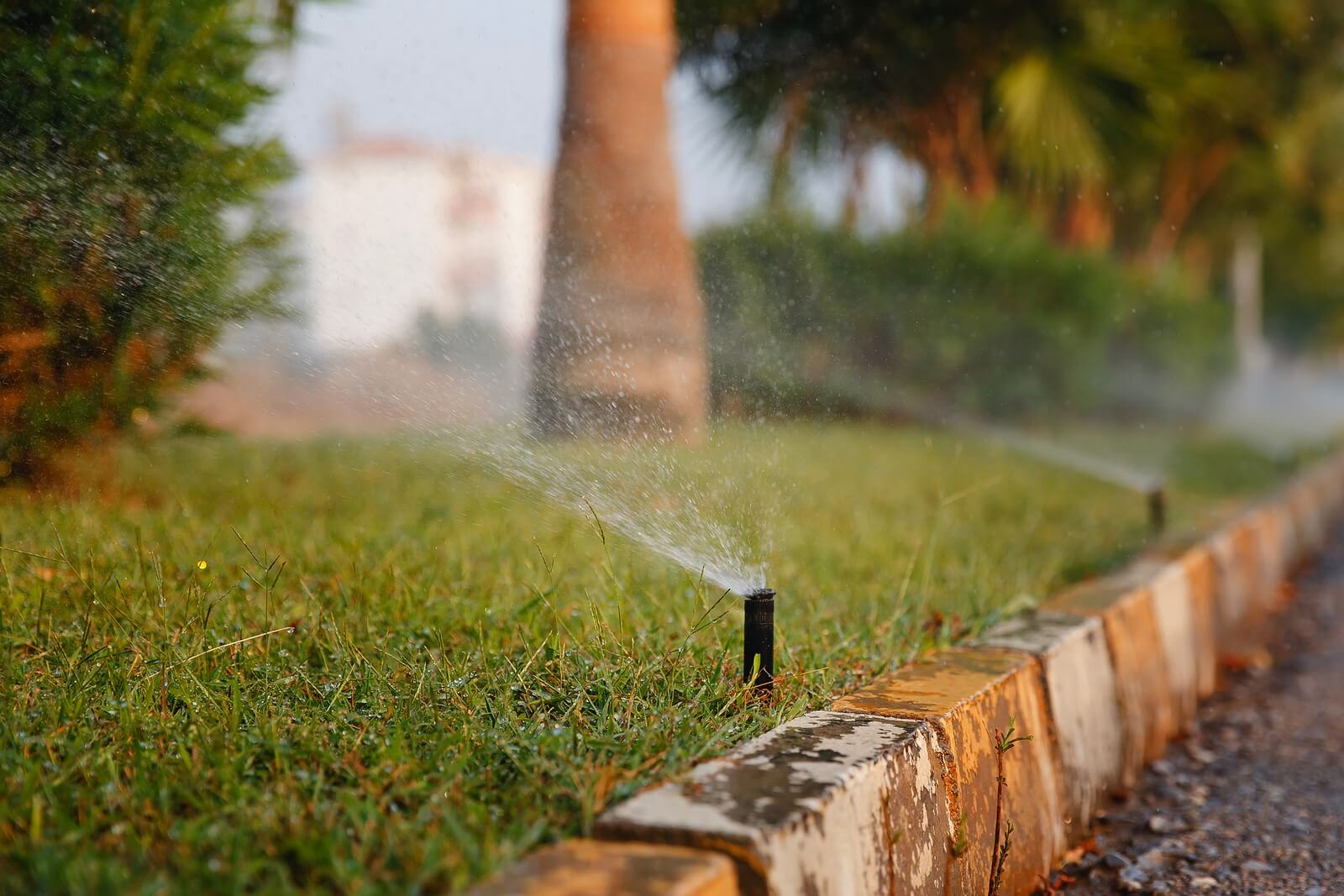
Welcome to our guide on water-wise gardening, where we explore sustainable practices to help you achieve a beautiful yard while conserving water. In regions like the Okanagan, Lower Mainland, and Vancouver Island, where water resources can be limited or unpredictable, adopting water-wise gardening techniques is essential for maintaining a thriving landscape. Let’s dive into our top tips for creating a stunning yard with less water.
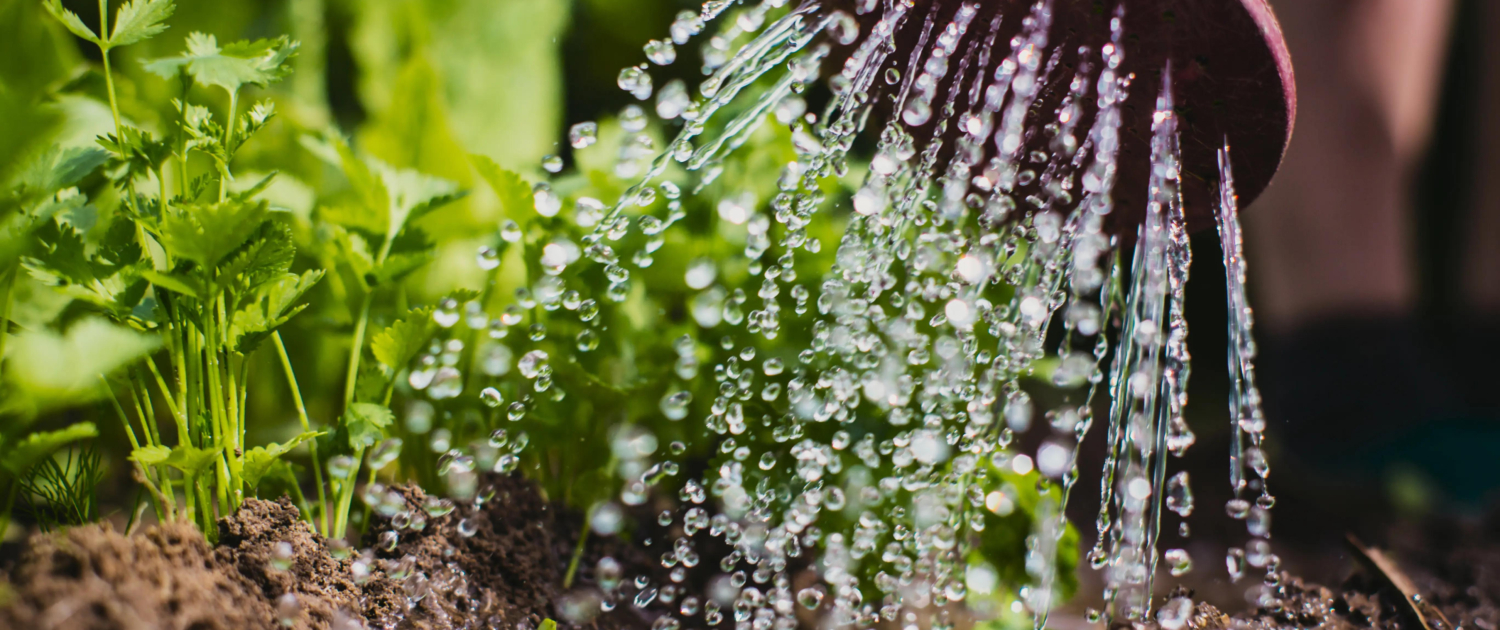
Water-Wise Gardening Tips for a Beautiful Yard with Less Water
- Choose Drought-Tolerant Plants: Opt for native and drought-tolerant plant species that are well-suited to the climate and soil conditions of your region. In the Okanagan’s arid climate, consider xeriscaping with succulents, lavender, and sage. In the wetter conditions of the Lower Mainland and Vancouver Island, select water-wise plants like ferns, heather, and ornamental grasses that can thrive with minimal irrigation.
- Mulch Your Garden Beds: Apply a thick layer of organic mulch, such as wood chips, bark, or straw, to your garden beds to retain moisture, suppress weeds, and regulate soil temperature. Mulching helps reduce evaporation and runoff, allowing plants to make the most of available water resources. Be sure to replenish mulch regularly to maintain its effectiveness.
- Practice Smart Irrigation: Install a drip irrigation system or soaker hoses to deliver water directly to the root zones of plants, minimizing water waste through evaporation and runoff. Water your garden during the early morning or late evening hours when temperatures are cooler and evaporation rates are lower. Adjust irrigation schedules based on weather conditions and seasonal changes to avoid overwatering.
- Group Plants by Water Needs: Design your landscape with water efficiency in mind by grouping plants with similar water requirements together. This allows you to tailor irrigation schedules to meet the needs of each plant zone, minimizing water waste and promoting healthier growth. Consider creating microclimates in your yard to accommodate both drought-tolerant and water-loving plants.
- Improve Soil Health: Enhance soil structure and water retention capabilities by incorporating organic matter, such as compost, into your garden beds. Healthy soil with good drainage promotes deep root growth and efficient water uptake by plants. Conduct soil tests periodically to assess nutrient levels and pH balance, and amend soil as needed to optimize growing conditions.
- Harvest Rainwater: Take advantage of natural rainfall by harvesting and storing rainwater in barrels or cisterns for use in your garden. Install gutter systems and downspouts to direct rainwater from your roof into storage containers. Use collected rainwater to supplement irrigation during dry periods, reducing reliance on municipal water sources and lowering your water bill.
- Minimize Lawn Areas: Reduce the size of your lawn or replace traditional turfgrass with drought-tolerant alternatives, such as native grasses or low-maintenance ground covers. Consider incorporating hardscape features like patios, pathways, and rock gardens to create visual interest and reduce the need for extensive watering. Focus on creating functional outdoor living spaces that require less water-intensive maintenance.
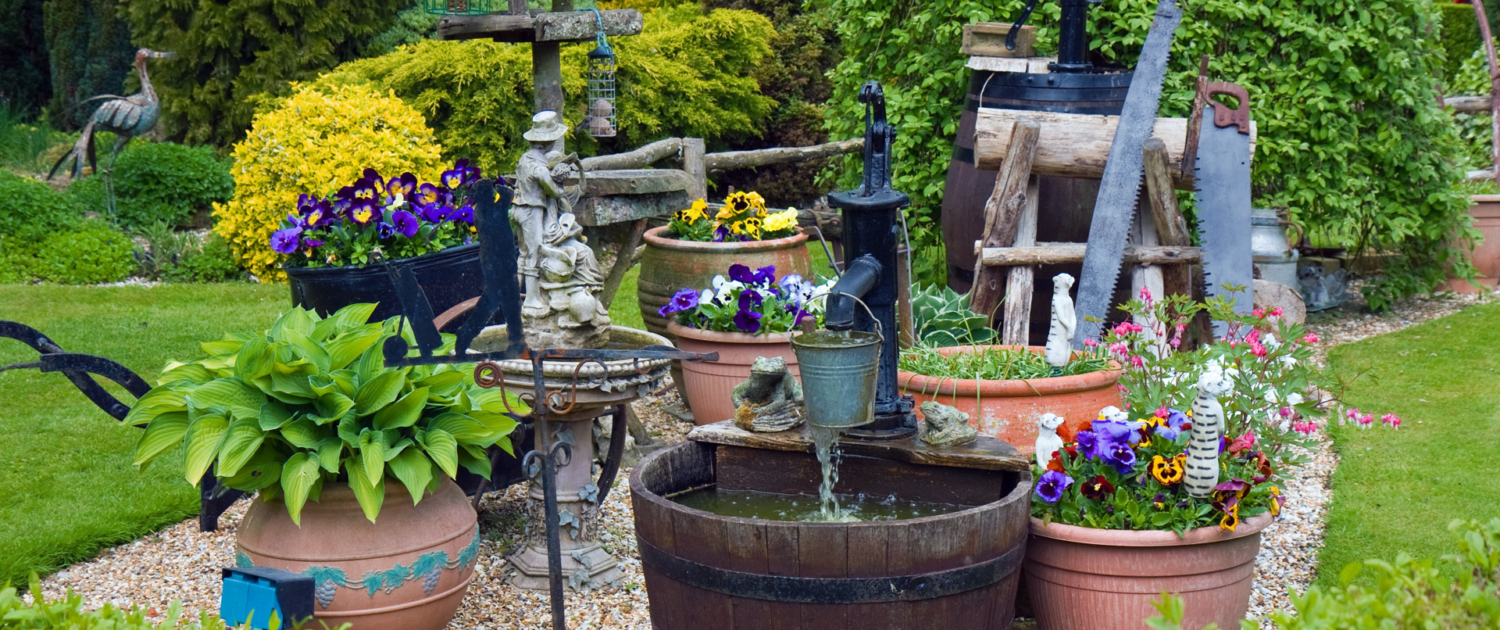
Water-Wise Gardening Tips for a Beautiful Yard with Less Water
By implementing these water-wise gardening practices, you can create a beautiful, sustainable yard that thrives with less water. Whether you’re gardening in the dry heat of the Okanagan or the damp coastal climate of Vancouver Island, these tips will help you conserve water while maintaining a vibrant landscape that enhances your outdoor space.
